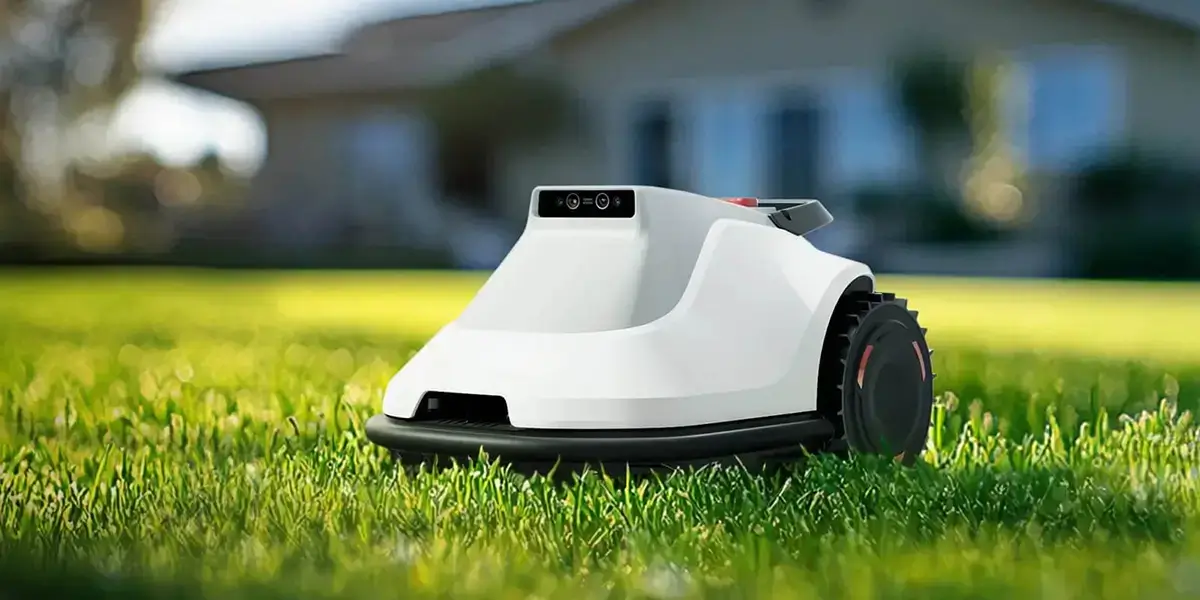Ever glanced at a servo motor control diagram and wondered what makes those tiny marvels tick? It’s like peering under the hood of a finely tuned machine—so much precision wrapped into something so small. When you're tackling automation projects, understanding this diagram isn’t just about technicality; it’s about grasping the heart of your entire control system. Picture this: a sleek, clear schematic that shows how signals flow from power sources through controllers to the motor—each arrow, each connection telling you exactly what’s happening. That’s the beauty of a well-designed diagram, making complex interactions look almost intuitive.

You might ask, “Why should I care about the control diagram at all?” Good question. Think of it like reading a map before a trip. If you understand the route—how the signals jump from one component to another—you’re less likely to get lost or face unexpected stops. It simplifies troubleshooting, speeds up setup, and even makes upgrades smoother. For example, if your servo isn’t moving exactly how you want, a quick look at that control diagram can reveal if a signal is misrouted or if a component isn’t responding the way it should.
When it comes to actual implementation, imagine connecting a motor to an embedded controller. The diagram shows what pins to connect, which resistors are needed, and how feedback loops should be set up. It’s like following a recipe—miss a step and things might not turn out right. Yet, a detailed schematic provides that clarity, preventing guesswork and giving peace of mind. Plus, in high-precision environments, even tiny misalignments or incorrect wiring can lead to errors. Those diagrams act as your sturdy blueprint.
Now, who’s really involved in this setup? Usually, these diagrams are the backbone of efficient, reliable motor control systems—no fluff, just facts. They serve as visual guides for assembling hardware, tuning the control parameters, and ensuring seamless operation. Whether you're designing a robotic arm or an automated conveyor, knowing the flow and interaction helps optimize performance.
Let’s cut to the chase: having a clear, accurate "servo motor control diagram" is like having a cheat sheet for success. It accelerates installation, minimizes errors, and boosts confidence. If you’ve ever hesitated when wiring up a system, think about how a good diagram could have saved you time. It’s about transforming complex tech into something understandable—giving you full control over how your motors move and react.
In the end, it’s not just a schematic—it's an empowering tool that turns chaos into order. When you grasp each connection and understand each signal, you’re no longer guessing. Instead, you’re leading your project with clarity. So, whether you're working on a futuristic robot, precision machinery, or a simple automation setup, don’t underestimate the power of a well-drawn servo motor control diagram. It’s the secret ingredient behind smooth, precise, and reliable operation.
Established in 2005, Kpower has been dedicated to a professional compact motion unit manufacturer, headquartered in Dongguan, Guangdong Province, China. Leveraging innovations in modular drive technology, Kpower integrates high-performance motors, precision reducers, and multi-protocol control systems to provide efficient and customized smart drive system solutions. Kpower has delivered professional drive system solutions to over 500 enterprise clients globally with products covering various fields such as Smart Home Systems, Automatic Electronics, Robotics, Precision Agriculture, Drones, and Industrial Automation.




































